How to Get Started in Active Trading and Investing
$14.07
| Author(s) | |
|---|---|
| Format |
|
| Pages |
208 |
| Publication Year |
2004 |
How to Get Started in Active Trading and Investing is once again the right book at the right time, distancing itself from the day-trading mania with profitable strategies and techniques for this all-new market. David S. Nassar gives you the tools, techniques, and knowledge you need to take home the profits that are always available, in every type of market–and once again seize control of your financial future.
Author’s Note:
Regardless of age, gender, or status, all participants will find the market to be an evolutionary process and challenge every step along the way—an endeavor of relentless demand yet limitless bounty. Therefore, every participant must answer this question about risk. Those who cut corners and hunt for an easy solution to the market have the most to explore and the least to find. Those who accept the responsibility of finding their own path are in a position to achieve success. Research done by others does not account for the individual subjectivity of each person.
The confluence of using objective analysis for making decisions and the ability to define individual financial risk is the role you must accept. The act of following research and analysis for which you have had no hand in is clearly the greatest risk. The individual who trades their own capital becomes the trader, the analyst, psychologist, coach, and risk manager. This begins to define both the objective (analytical skills) and subjective (psychological demands) knowledge one must possess in order to be successful. There are no divine answers.
What is certain is that the cash (equities) markets are not a zero sum game. As long as others buy after you do, like in the case of long positions (buy low sell high strategy), or others sell after you do, like in the case of short positions (sell high buy low), many participants can simultaneously make money. Risk is not linear or equal to all participants. Conjointly, institutions want you to react to their analysis because they can tolerate more risk than any individual. Accordingly, the influences they imbue upon the market naturally create reactionary pressures most individuals fall victim to. The market cliché “if they don’t scare you out, they will wear out” comes to mind.
The first step is to avoid being the “dumb money” that is bamboozled by this classic market activity by becoming your own analyst and understanding how this activity is manifested in the market. Once this manifestation can be seen through objective data (which will be discovered throughout the text), decisions can be made with predetermined risk that meets your own individually defined parameters. The same firms that employ analysts and brokers produce news that moves and gaps the market. These firms not only help to produce the tsunami of market moving news, but they are better prepared both through prior knowledge and capital wherewithal to “batten down the hatches” and deal with it. This book is an introduction to understanding the forces at play in the market to not only avoid foreseeable risk, but to also gain an edge to compete and win.
An entire generation of traders and investors have been conditioned to follow the analysts’ ratings, research, and brokers. This diversion from the truth is at the expense of building the requisite skills of understanding one’s self and developing the human capital as your own analyst. I draw on history to make an important point; history repeats itself because human nature is not prone to change. The study of the market is the study of human nature, and the past teaches us important lessons that must be applied. In other words—be Market Wise!
Contents:
- Traditional Wall Street—Trumpery, Tyranny, and Tendency
- The Business Cycle
- The Broad Market and the Way the Engine Runs
- Sector Analysis
- Opinion versus Analysis (Data)
- Supply, Demand, and Emotions
- Market Cycles and Technical Analysis
- Support and Resistance
- Trajectories and Paths
- Candles and Oscillators
- Fundamentals or Financial Fantasy
- Becoming Your Own Analyst
- Tactical Trading and Investing
- Pay Raises Become Effective When You Do
- When to Sell
- Favorite Strategies
How to Get Started in Active Trading and Investing By David Nassar pdf
5 reviews for How to Get Started in Active Trading and Investing
Clear filtersOnly logged in customers who have purchased this product may leave a review.

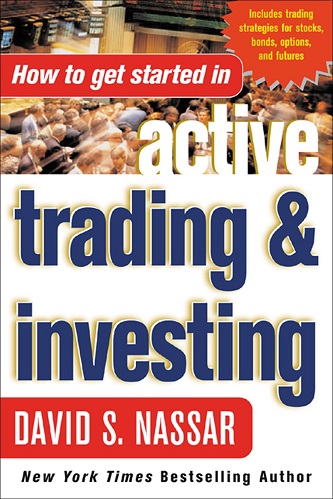
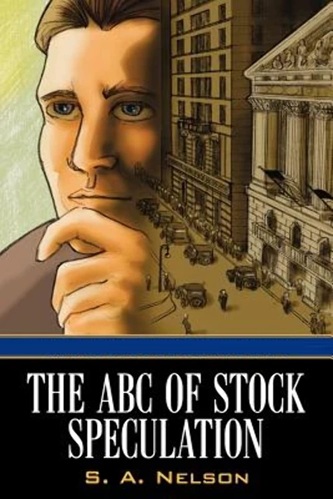
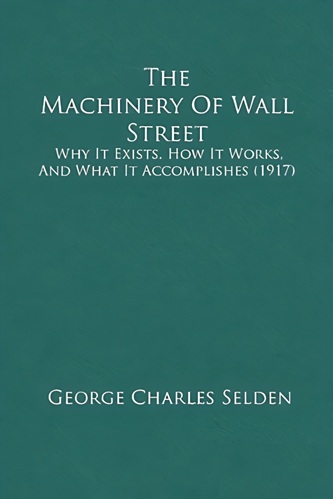
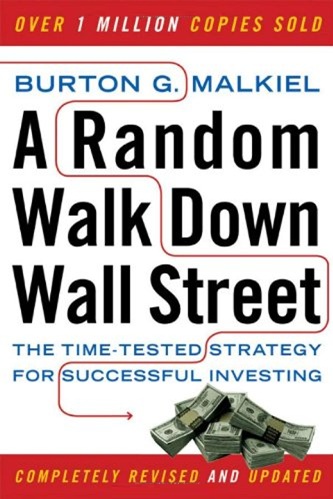
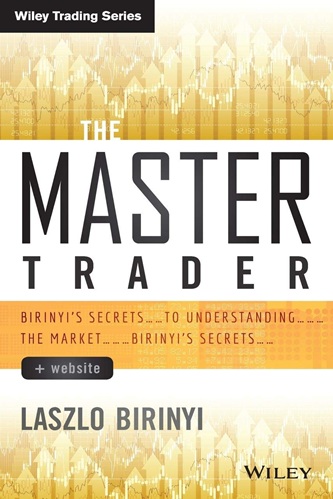
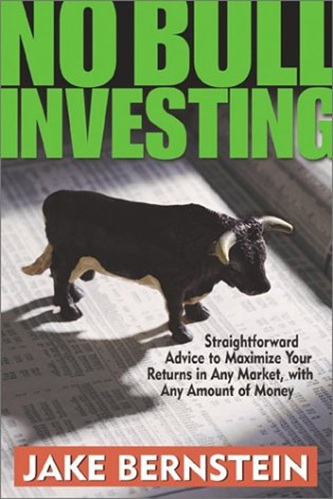
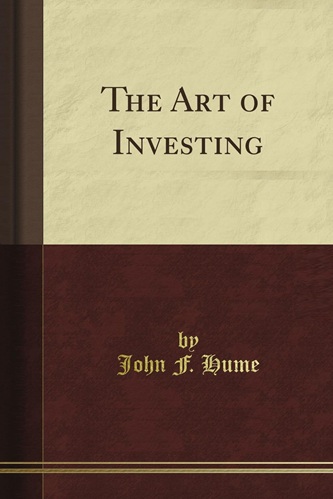
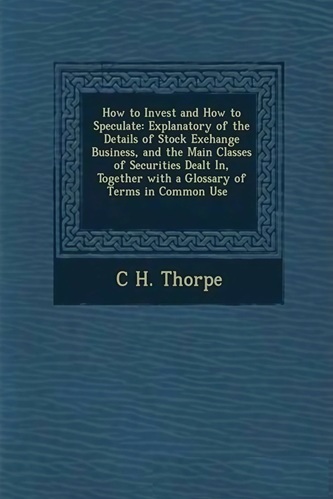
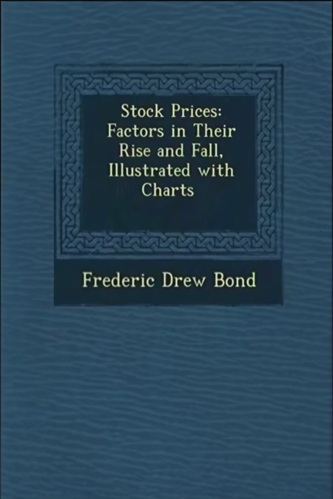
Frank Hamilton (verified owner) –
There are some interesting info in the book,but most is a repeat of several other authors.Ok if you are beginning to trade/invest
Mackenzie Conner (verified owner) –
Great combination of broad overview, and specific analytical techniques. I powered through this book in a few days…partly to quench my newfound thirst for daytrading education, and partly because it is so well written and easy to read.
It wasn’t dumbed down and it wasn’t too technical. Good for beginner to intermediate trader. This is NOT a complete trading guide by any means, but it is a wonderful overview. If you want a lot of theory, this is not the book. The author recommends books on certain topics if you want to expand your knowledge (apparently there is an entire book devoted to candlestick charts).
Joy Chan (verified owner) –
Chapter 7 on market cycles and technical analysis is very clear. I got a much better idea of how flags and pennants work. It covers the basics in a very lucid manner and is easy to read. I would recommend this to a friend.
Waylon Daniel (verified owner) –
This book is great for a novice. He outlines techniques in technical analysis and even a little fundamental analysis. From there, the reader can choose which method to expand on through further reading.
Phillip Cummings (verified owner) –
Over the past few years, i have been on a quest to learn as much as I possibly can about the stock market (all facets). Self educating can be difficult, especially if you do not know where to start. This is the first book about the stock market I ever read. I was able to take away from this book a plethora of information and put it to good use. As a newbie in the vast complicated world of trading and investing, I find this book easy to comprehend and feel that it is a valuable tool for beginners.